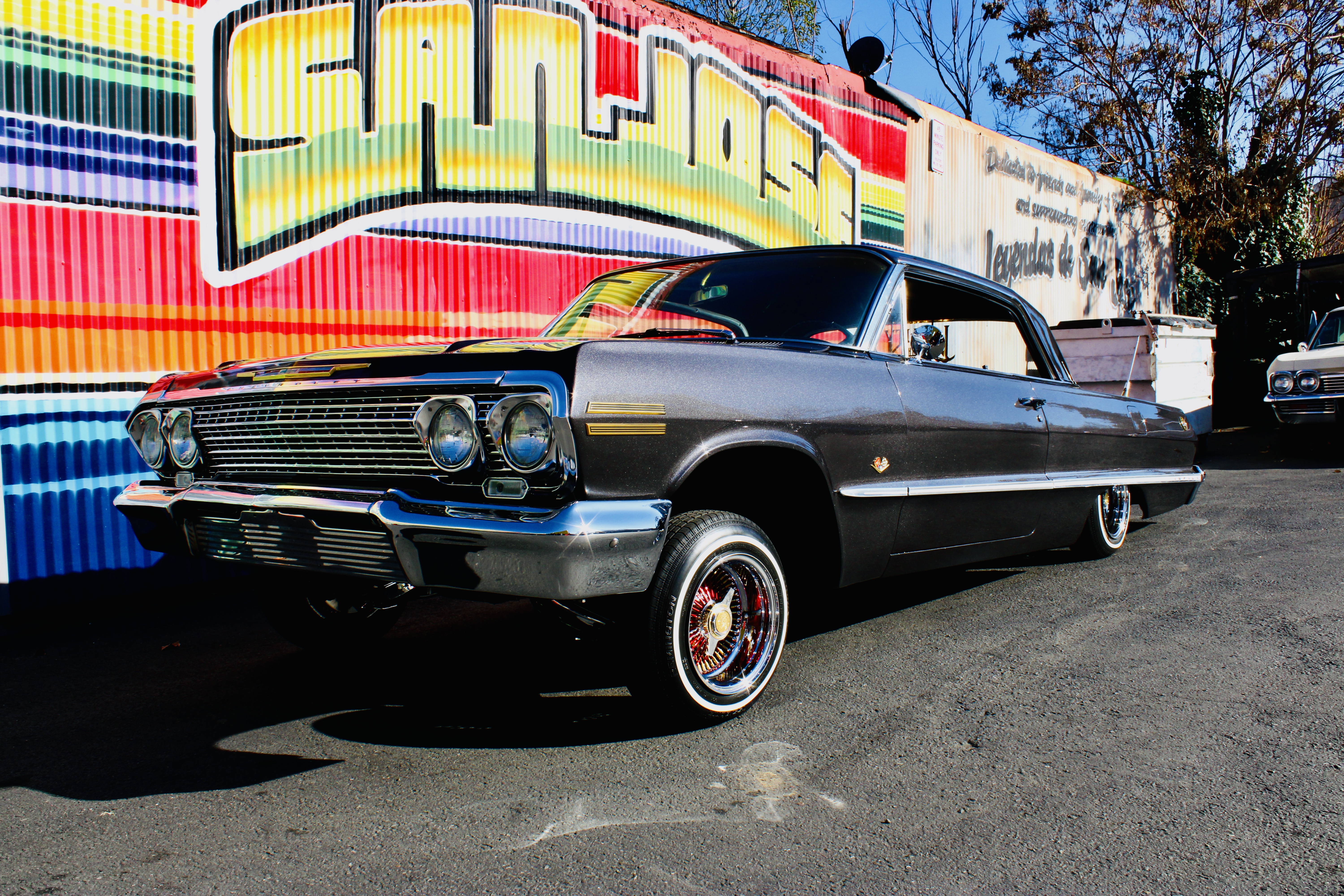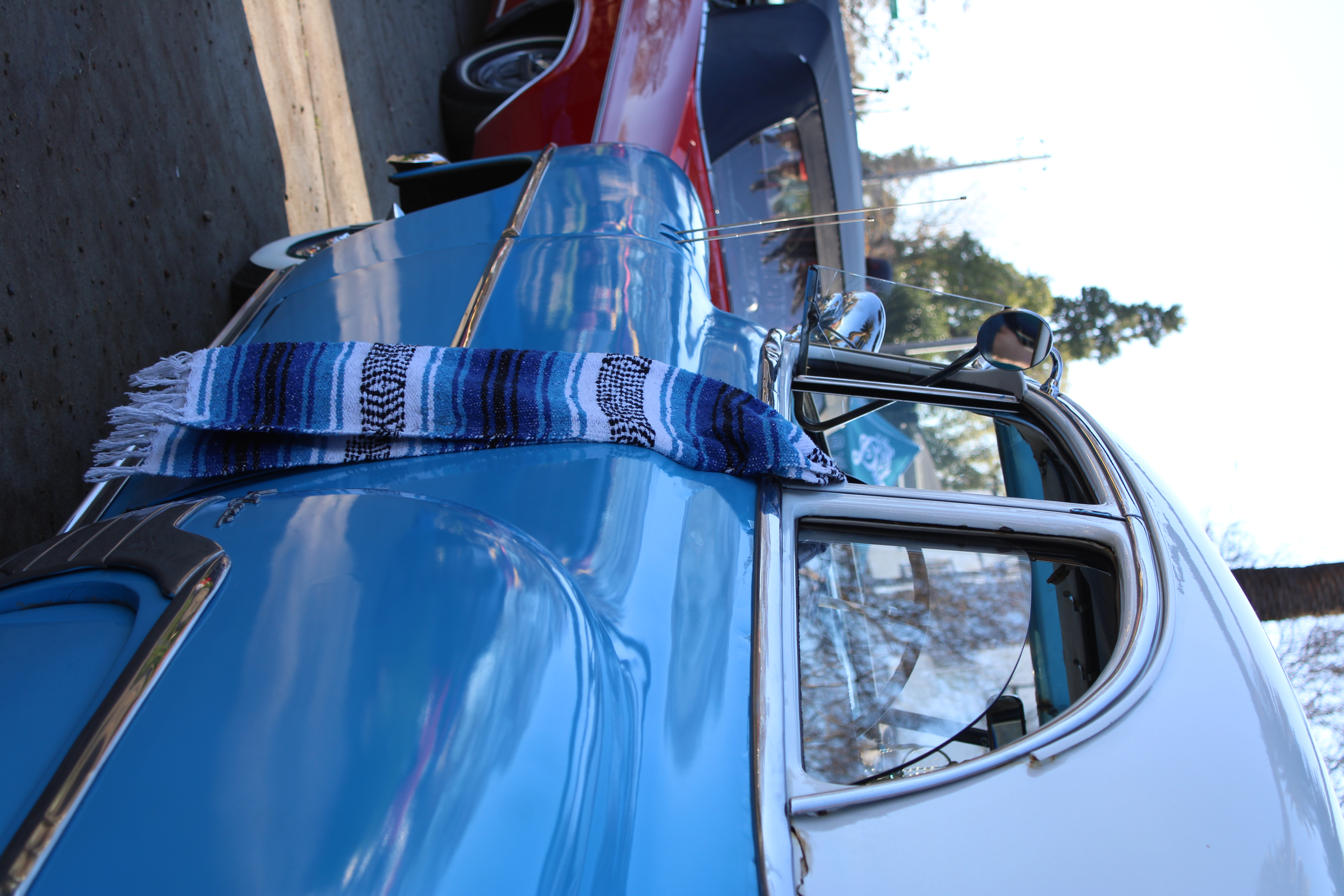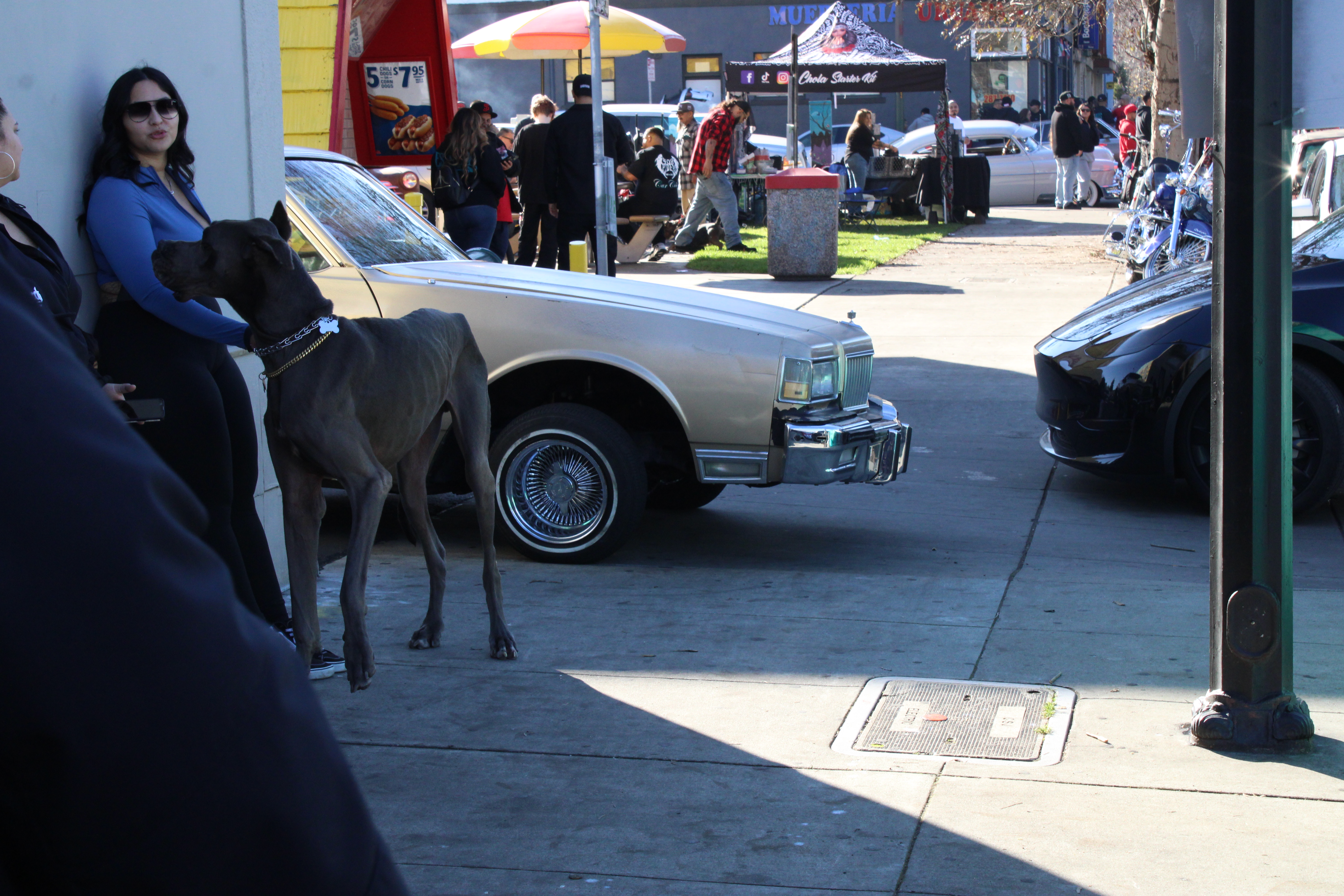Custom Cars and Culture: The Role of Automotive Personalization in Latino Communities
Manas

When it comes to Latino vehicle customization, it's more than just a coat of paint or a set of shiny rims; it's a vibrant expression of heritage and identity. The artistry that goes into custom cars within Latino communities is as rich and diverse as the cultures themselves, turning streets into galleries of creativity. From lowriders with intricate murals to cars that bounce to the beat of cumbia, automotive personalization is a way to celebrate history while connecting with the community. These beautiful machines are not only about style but also about telling stories and preserving traditions. So, buckle up as we explore how the passion for custom cars fuels community connection and highlights the colorful tapestry of Latino culture. For more insights, check out this article. "Latino Vehicle Customization: A Colorful History"

The history of Latino vehicle customization is filled with color and creativity. It's a journey that reflects cultural heritage and the rise of custom cars as symbols of identity. This section highlights how these automotive works of art have evolved over time.
Roots in Cultural Heritage
Latino vehicle customization has deep roots in cultural heritage. The tradition of personalizing vehicles can be traced back to the early 1940s when Mexican-American communities started to use cars as canvases. These customizations allowed them to express their cultural pride and creativity.
Lowriders, for instance, became a hallmark of Chicano culture. These cars featured intricate designs and vibrant colors, serving as moving tributes to their heritage. By using cars to showcase their art, they created a unique blend of automotive styling and cultural expression.
Artistic elements such as murals and airbrushing were commonly used to depict cultural symbols and stories. These designs often included images of historical figures, religious icons, and family crests. They helped to preserve cultural narratives and pass them on to future generations.
For more on the cultural significance of custom cars, see this article.
The Rise of Custom Cars
The popularity of custom cars soared in the late 20th century. As these vehicles became more common, they also became symbols of rebellion against mainstream culture. The rise of car clubs played a crucial role in this movement.
Car clubs provided a space for enthusiasts to share their passion for custom cars. They fostered a sense of community and allowed members to learn from each other. This camaraderie was important as it strengthened cultural ties and provided a platform for showcasing their artistry.
During the 1970s and 1980s, custom car shows became popular events. These shows highlighted the creativity and craftsmanship of Latino car enthusiasts. They were opportunities to celebrate cultural identity and artistic talent.
To learn more about how custom cars have impacted Hispanic culture, visit this page.
Community Connection Through Cars

Custom cars are not just about aesthetics; they play a crucial role in fostering community connections. This section explores how these vehicles build identity and serve as platforms for creative expression.
Building Identity on Wheels
Custom cars are a form of self-expression, allowing individuals to build their identity on wheels. For many Latino car enthusiasts, customization is a personal journey that reflects their life experiences, values, and aspirations.
Each custom car tells a unique story. Whether it's through paintwork, hydraulics, or interior design, these elements reveal much about the owner's personality. These vehicles often become extensions of their owners, embodying their beliefs and cultural backgrounds.
By personalizing their cars, enthusiasts can communicate their identity to others. This form of expression fosters a sense of pride and individuality. It's a way to stand out while staying connected to their roots.
For insights into how lowrider communities celebrate heritage, check out this article.
Creative Expression in Automotive Personalization
Automotive personalization is a canvas for creative expression. The artistry involved in customizing cars is a testament to the skill and imagination of Latino communities. These vehicles showcase a wide range of techniques and styles.
Painting and airbrushing: Custom paint jobs often feature elaborate murals and vibrant colors. These designs can include cultural motifs, portraits, and abstract art.
Interior customization: Custom interiors reflect personal taste and style. Elements like upholstery, sound systems, and lighting are tailored to enhance the overall aesthetic.
Hydraulics and suspension: Many custom cars feature hydraulics that allow them to bounce and tilt, adding a dynamic element to their design.
This blend of art and mechanics is what makes custom cars truly unique. They are a powerful medium for storytelling and cultural preservation.
For a glimpse into the artistry of custom cars, visit this link.
The Future of Heritage and Identity

As we look to the future, custom cars continue to play a vital role in preserving heritage and identity. This section discusses emerging trends in customization and how they bridge generations.
New Trends in Customization
The world of custom cars is constantly evolving, with new trends shaping the landscape. Technological advancements have opened up new possibilities for customization, allowing for even greater personalization.
Modern customizations often incorporate smart technologies. Examples include integrated sound systems, LED lighting, and digital displays. These innovations add a contemporary touch while maintaining traditional artistic elements.
Environmental consciousness is also influencing customization choices. Many enthusiasts are opting for eco-friendly materials and sustainable practices. This shift reflects a growing awareness of environmental issues within the community.
For a deeper understanding of the evolving role of custom cars, explore this article.
Bridging Generations Through Cars
Custom cars have the power to bridge generations. As these vehicles are passed down through families, they become vessels for cultural heritage and family history. They connect younger generations to their roots and inspire new forms of expression.
Intergenerational collaboration is common in car clubs and custom car communities. Young enthusiasts often learn from experienced builders, gaining insights into techniques and traditions. This collaboration fosters a sense of continuity and shared purpose.
By engaging younger generations, custom car culture ensures the preservation of cultural identity. It encourages new interpretations of traditional designs and keeps the spirit of innovation alive.
For more on how custom cars connect generations, read this article.
